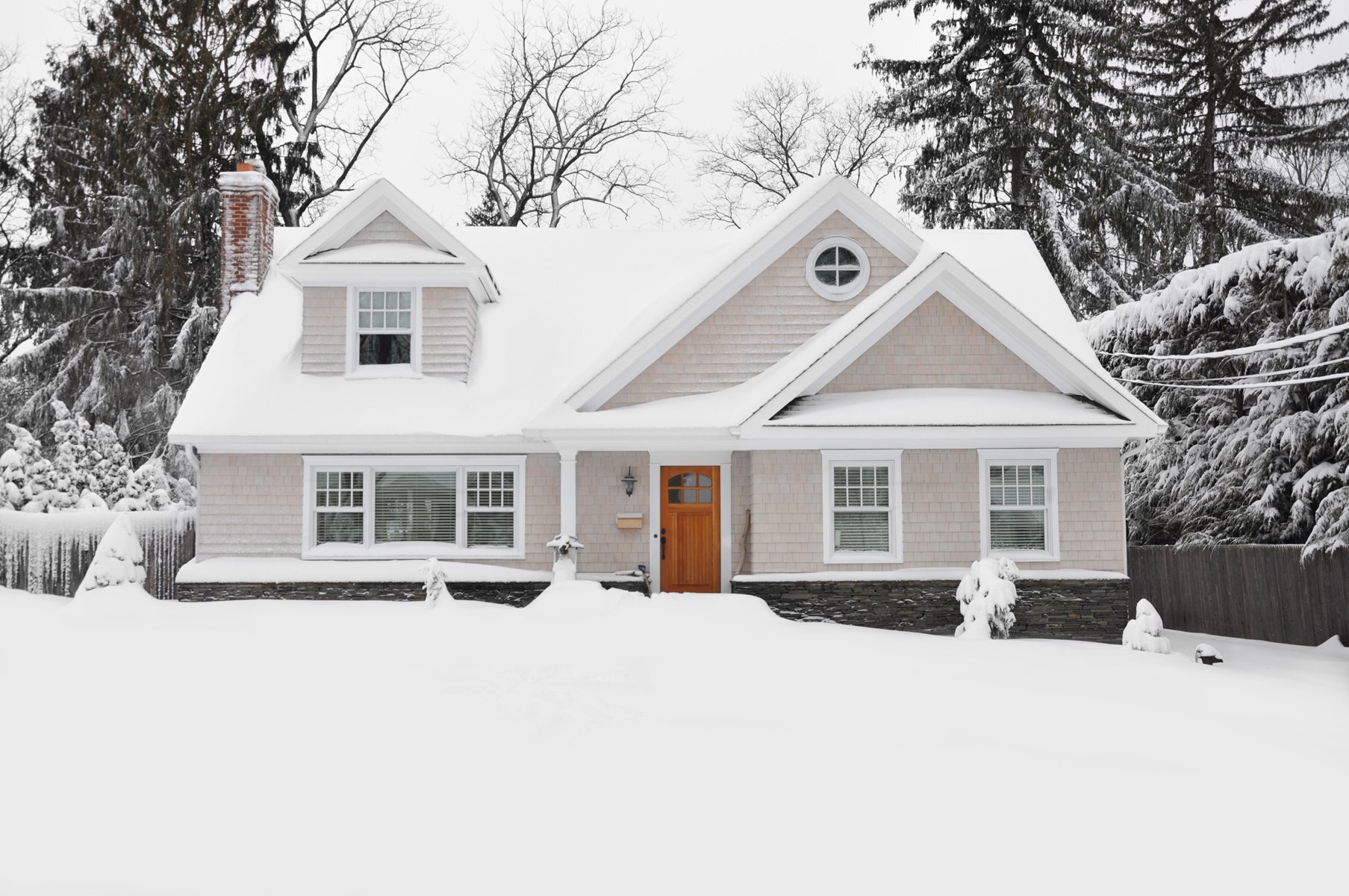Protecting your home from the elements, a well-maintained roof is critical -- and before the outside temperatures drop, it’s a good idea to check your roof for any problem spots. Winter’s extreme weather conditions can further damage any imperfection that is already pre-existing.
When evaluating the condition of your roof, it is a good idea to start from the inside of your home. To begin, head into your attic and look for the following:
1. Stains and/or leaks on the ceiling
Stains and/or leaks are a clear indication that water is getting in somewhere. Finding these spots on the inside can help you pinpoint the leakage area and take care of the damage on the outside.
2. Proper Attic Ventilation
Proper ventilation in your attic helps address excess heat and moisture that can otherwise cause extreme damage to your home. In the colder months, heat from your home escapes to the attic. If this heat cannot escape the attic, it will melt the snow and ice on your roof, creating ice dams. An ice dam forms when melted snow and ice refreezes along the roof eaves, blocking the escape of further runoff. When this happens, water has nowhere to go and can back up under the shingles.
3. Properly installed exhaust fans
Unfortunately, it is quite common for exhaust fans to be improperly installed. Instead of the exhaust fan(s) venting to the outside of your home, they can be venting directly into your attic. Moisture and hot air entering an attic during colder months create condensation that will wet the wood and eventually lead to mold.
Once you’ve checked the inside, it’s time to move to the outside! Be on the lookout for the following:
1. Surface cracks, bubbles, and worn or missing material
Cracks and bubbles (or blisters) can fill with water and cause more cracks and bubbles in the winter when the water freezes and expands. Getting damaged materials replaced and replacing missing materials will help control the damage and stop it from spreading to other parts of your roof.
2. Existing water damage
When looking for water damage, check especially the areas where the shingles meet flashing, bricks, plumbing stacks and antenna mounts. The sealant in these areas can weather and crack with age and needs to be maintained.
3. Clogged gutters
Cleaning out clogged gutters ensures that rain water and snow melt water drain quickly and easily off of your roof. If the water cannot drain you are at risk of creating ice dams in the colder months. Once you have cleared the gutters of leaves and debris, test them to ensure the water can freely flow throughout.
If you need roofing materials, Genesee Lumber is here to help! Check our or roofing page for more information or contact us today!

